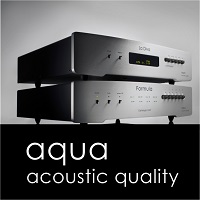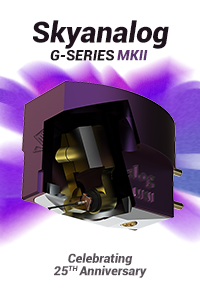The Audiophile Apartment
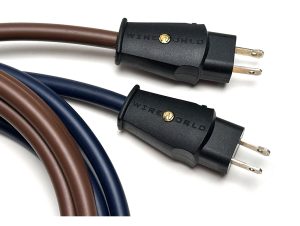
The Wireworld Stratus™ and Electra™Shielded Mini Power Conditioning cords
You Can’t Unhear em!
Wireworld founder David Salz makes some of the world’s finest cables, used by audiophiles and endorsed by recording engineers the world over. Read More >

2024 Products of the Year
Say, who says we have to hand out awards at the end of the year? We’ve always tried to be a little bit different so here goes. The Audiophile Apartment section of our magazine and site has always tried to concentrate on audio gear with a smaller form factor that doesn’t give anything up in performance. Read More >
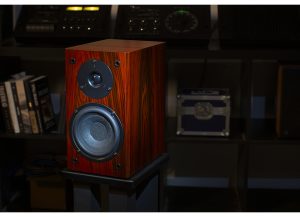
The Vera-Fi Vanguard Scout Speakers
$299/pair
Verafiaudiollc.com
Listening to The Knack’s “Africa,” I tried a trick that I’ve seen at more than one hifi show – I hooked this $300 pair of speakers to about $200k worth of gear.
Read More >
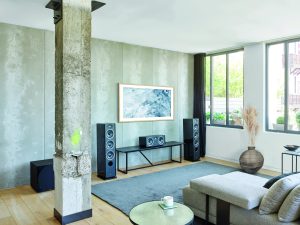
The Focal Vestia no.1 Speakers
After spending an afternoon with staffer Earle’s Focal Sopra 3s, just before firing up their new Vestia no.1 at my place, the level of sonic excellence they bring to a $1,198 pair of speakers seems amazing. Read More >
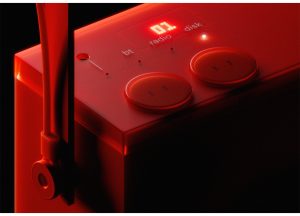
Teenage Engineering OB-4
Portable music for those on-the-go
By Rob Johnson
I still remember my first stereo, a 1981 Sony Boom box, which served as a loyal companion from middle school through college. Read More >
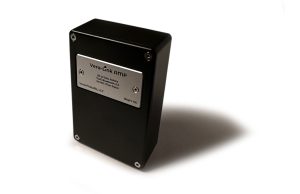
Vera-Link: The most fun you can have for $199!
Some of you may remember Mark Schifter for all the fun products he came up with during his tenure at Audio Alchemy. They made some incredible products that had cutting edge performance, in tiny enclosures, with tiny price tags to match. Read More >
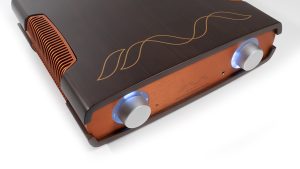
The Java Single Shot Integrated Amplifier
Class-D Perfection
$8,995 -$9,495 (finish dependent)
Spoiler alert. Read More >
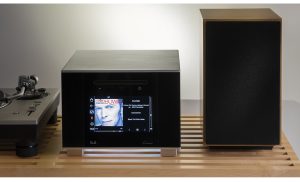
Our System of the Year for 2023
We’ve decided to do something different this year…
How about giving out an award at the beginning of the year and start out on a happy note? Bam.
Read More >
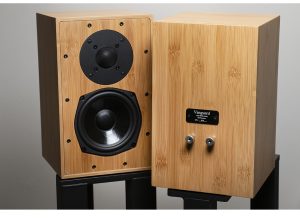
The XSA Labs Vanguard – a new paradigm.
In case you’re wondering, XSA stands for “eXtremely Sexy Audio,” and the Vanguard monitors you see here, done up in bamboo are certainly that. Those of you that work with wood on a regular know how hard bamboo is to work with and get it to look right. Read More >
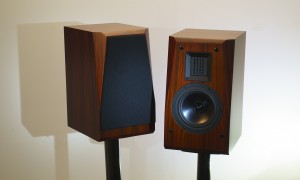
REVIEW: The LSA Signature 80 Speakers
As mentioned in our TONE/Distilled review, the first track played on the LSA Signature 80s is The Art of Noise’s “Moments in Love. Read More >
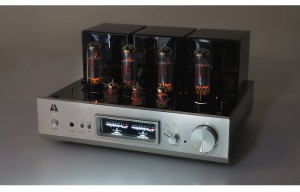
The LSA VT-70 Integrated Amplifier
There’s always something special about an EL-34 based tube amp, with a pair of output tubes per channel, and a pretty simple circuit. Read More >
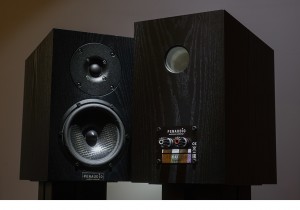
The Penaudio Lumi Speakers
Where so many manufacturers have fallen victim to designing a speaker line around a tweeter first, with each smaller model having progressively less bass as a result, Penaudio’s Sami Penttila does it old school, developing each model to be a unique entity. Read More >
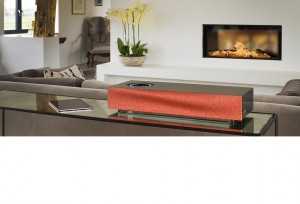
The Naim Mu-So 2
Time flies when you’re having fun, the saying goes, and Naim’s Mu-so is an incredibly fun way to enjoy music.
The initial launch of the Mu-so at the Munich High End Show a few years ago raised the bar – dramatically for what can be called a desktop audio system. Read More >
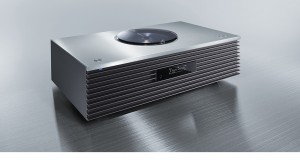
The Technics OTTAVA-SC-C70MK2
Pushing the play button on the new Technics OTTAVA SC-C70MK2, with a MoFi copy of the Superfly soundtrack fills the room with a big, broad soundfield and a solid bass line. Read More >
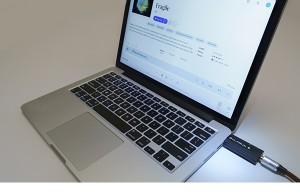
REVIEW: The Clarus CODA DAC
It’s amazing how much DAC performance is available for $300 these days. Clarus Audio is much better known for their cables and power conditioners, but their first entry into the portable DAC/Headphone amplifier puts them squarely at the head of the class. Read More >
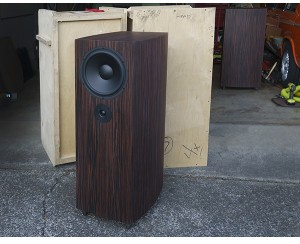
The Audio GE Teddy Speakers
There are some fun speakers in the $1,000 – $2,000 range, and there are a lot more mistakes.
But there are a few true classics, transcending time, offering sonic value that is out of what you think would be possible for this price. Read More >
Please note that all TONE and TONE related text and images are copyright © 2005–2024 TONE Magazine and The Audiophile Apartment. The RSS feed provided is for personal, non-commercial use only.
If you are not reading this content in your news aggregator, RSS reader, or direct, then the site you are looking at may be guilty of copyright infringement. If you locate this anywhere, please contact [email protected] so we can take action immediately.




